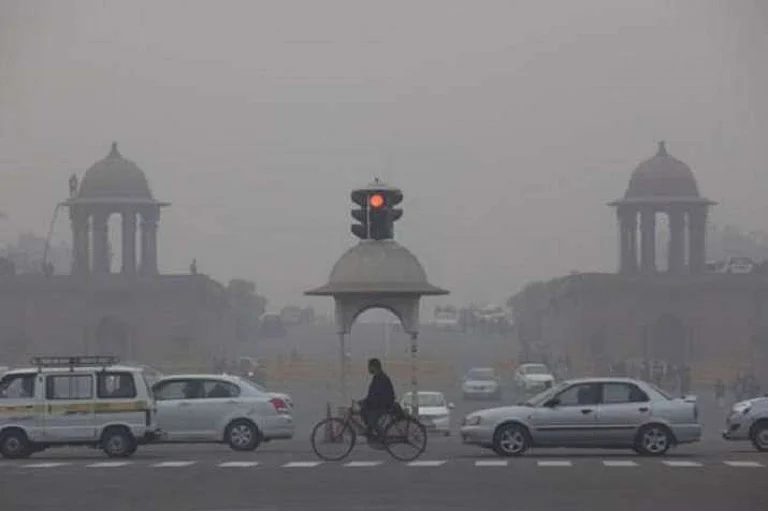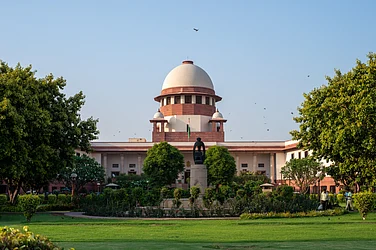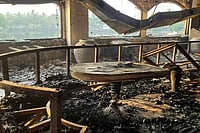
SC takes note of manual scavenging and hazardous cleaning outside its gate
SC directs East Delhi Municipal Corporation to file a response explaining its actions
A bench of Justices Sudhanshu Dhulia and Aravind Kumar on August 6 took cognizance of manual scavenging and hazardous cleaning at gate F of the Supreme Court after observing photographs. The court asked the concerned officer of the Public Works Department to file a reply to the issue at hand.
In its order, the bench made the East Delhi Municipal Corporation a party-respondent in the matter. The top court directed the corporation to file a response explaining why manual scavenging and hazardous cleaning were still ongoing with manual labour, exposing manual workers to the risk of their lives. The photographs showed that the sanitation workers were working without proper safety gear.
"It is made clear that if a satisfactory reply is not received on the next date, we will have no option but to direct the registration of an FIR against such officer(s) who are exposing the workers to the risk of their lives," PTI quoted the bench.
The matter is posted for hearing on September 10.
In a verdict delivered in the matter in October 2023, the top court observed that manual scavengers have lived in bondage, systematically trapped in inhuman conditions for a long time. It had asked the Centre and states to completely eradicate manual scavenging across the country.
Passing a slew of directions, the apex court asked the central and state governments to pay Rs 30 lakh as compensation to the next of kin of those who die while cleaning sewers.
While the 2013 law prohibits “hazardous cleaning”, it does not outright ban manual cleaning of sewers and septic tanks. It leaves room for appropriate protective equipment and safety protocols while cleaning such sites—provided there is an extraordinary or emergency requirement to enter a sewer or manhole.
The law also mandates a person to wear full protective gear—gloves, coat, mask, gumboots—and for an oxygen cylinder and ambulance to be on standby during the process. Ordinarily, or for regular cleaning and maintenance work, going down a sewer or manhole is prohibited.






















_.jpg?w=200&auto=format%2Ccompress&fit=max)






